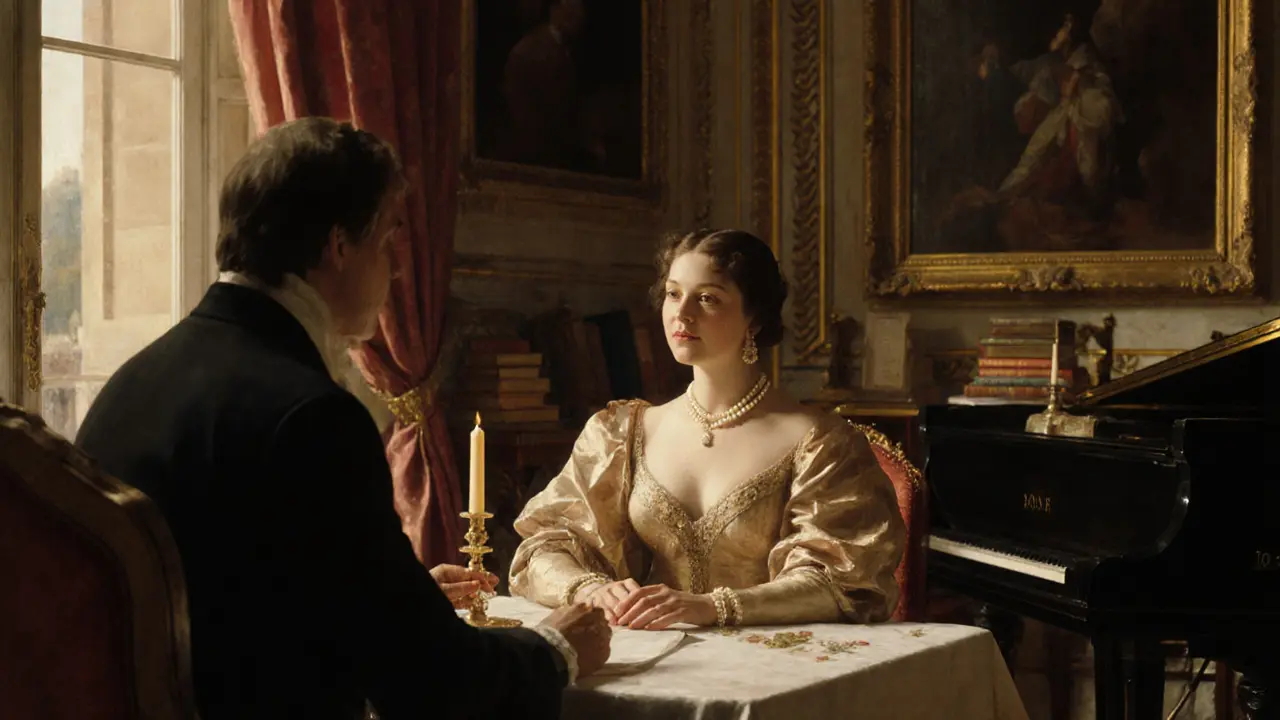Explore the hidden history of escorts in Paris-from royal mistresses and courtesans to modern-day independent professionals. Discover how companionship evolved in one of the world’s most romantic cities.
Read more
When you think of Paris nightlife history, the rich, layered evolution of after-dark culture in Paris, from bohemian cabarets to underground clubs. Also known as Paris after dark, it’s not just about parties—it’s about freedom, art, and human connection that shaped how people meet, talk, and find companionship in the city. The story starts in the 1880s, when Montmartre became the heartbeat of Paris after sunset. Places like the Moulin Rouge didn’t just dance—they broke rules. Women performed in corsets and feathers, artists sketched from the shadows, and men came not just for entertainment, but for something deeper: a moment of truth away from daytime pretense. This was the birthplace of the modern companion culture in Paris—not just sex, but presence, conversation, and quiet rebellion.
By the 1920s, the city’s nightlife had spread to Saint-Germain-des-Prés, where jazz spilled out of basements and intellectuals argued over wine while women in silk dresses moved through the crowd like they owned the night. These weren’t just bars—they were social labs. The same women who danced at Le Jockey or La Coupole often became the companions men sought later, not because they were hired, but because they knew how to listen, how to laugh, and how to make someone feel seen. This blurred line between performer and companion still echoes today. Modern escort services in Paris don’t operate in the shadows because they’re illegal—they thrive because they’re an extension of a culture that’s always valued authenticity over formality.
Today, the spirit lives on in places like Le Baron in the Marais or La Belle Équipe in the 11th arrondissement, where the music is loud but the conversations are quieter. You won’t find flashy signs or neon lights—you’ll find people who’ve been coming here for years, knowing exactly where to sit, who to talk to, and when to leave. The escort scene here isn’t about transactional encounters; it’s about continuity. The same values that drew poets to Montmartre now draw professionals to hidden rooftop bars in the 16th, looking for someone who can match their energy without pretending to be someone else. Paris didn’t invent nightlife, but it perfected the art of making it feel personal.
What you’ll find in the posts below isn’t just a list of places or services—it’s a map of how Paris’s soul moves after dark. From the rise of speakeasy-style lounges to how modern companions navigate legality and desire, these stories connect the dots between the past and the present. Whether you’re curious about the origins of the French kiss in cabarets or how to find a genuine connection in today’s Paris, the answers are all here—no filters, no fluff, just the real rhythm of the city.

Explore the hidden history of escorts in Paris-from royal mistresses and courtesans to modern-day independent professionals. Discover how companionship evolved in one of the world’s most romantic cities.
Read more